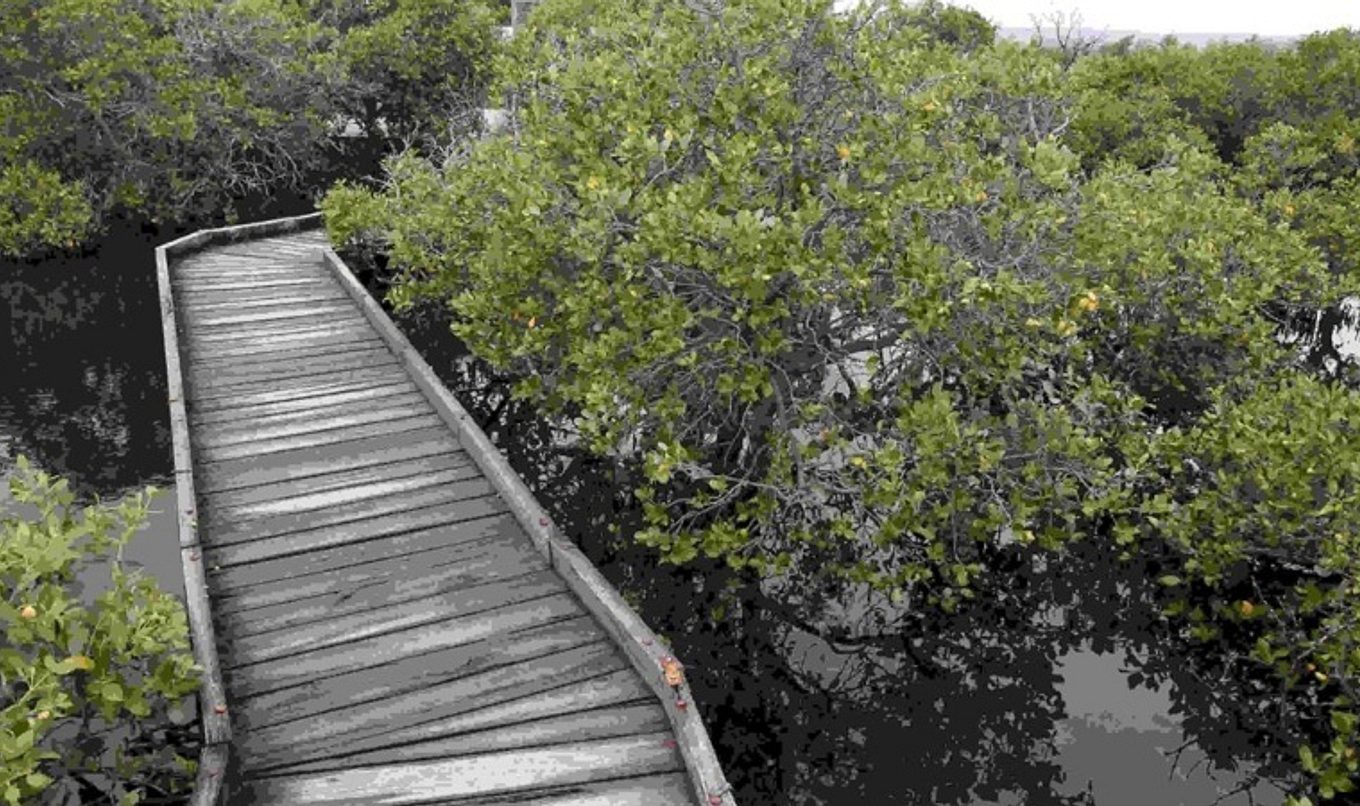STATEMENT: Dry Creek salt fields
In September 2020, the Department for Environment and Water (DEW) became aware of significant dieback of the mangroves adjacent to the St Kilda boardwalk within the Adelaide International Bird Sanctuary National Park – Winaityinaityi Pangkara (AIBS). The current impacted area includes approximately 10 hectares of mangrove and 35 hectares of saltmarsh adjacent to the Dry Creek salt field.

The AIBS and the Adelaide Dolphin Sanctuary are adjacent to many of the salt field ponds. This area provides important feeding and roosting habitat for migratory and resident shorebirds, is recognised as a wetland of national significance and is part of the East Asian-Australasian Flyway Site. This area contains Temperate Saltmarsh, which is listed as a threatened ecological community under the Environment Protection and Biodiversity Conservation Act 1999 (EPBC Act). The salt field areas to the south also form part of the Barker Inlet-St Kilda Aquatic Reserve.
The Dry Creek salt field is regulated as a mine under the Mining Act 1971 (Mining Act). Salt production at the site ceased in 2013 and it has been managed in a holding pattern since 2014. Some ponds dried out and the remaining ponds were managed to maintain feeding and roosting habitat for migratory shorebirds and mitigate negative environmental impacts while longer term solutions were investigated. A previously dried pond was re-flooded in early 2020 as part of managing the overall salinity levels.
The Department for Energy and Mining (DEM) is the lead regulator and regulates the salt fields site under the Mining Act 1971. The DEM website has up to date information on the current activities underway to deal with the situation.
BDC also has a licence under the Environment Protection Act 1993 for chemical storage and warehousing facilities, chemical works (salt production) and discharges to marine or inland waters for sites across the eastern side of Gulf St Vincent.
The DEW is working closely with DEM and the Environment Protection Authority (EPA) to understand this complex issue. A cross-agency project team, led by DEM, has been formed to collaborative manage the issues.
While it is not known for certain what is causing the dieback, salinity and the management of water in the salt fields is an obvious focus. It is also likely that waterlogging has contributed to saltmarsh deaths in the affected area.
The government team is assessing environmental impacts, and determining what actions need to be taken by the salt fields’ operator and by government to prevent further damage to the natural environment and implement works aimed at rehabilitating the affected area.

